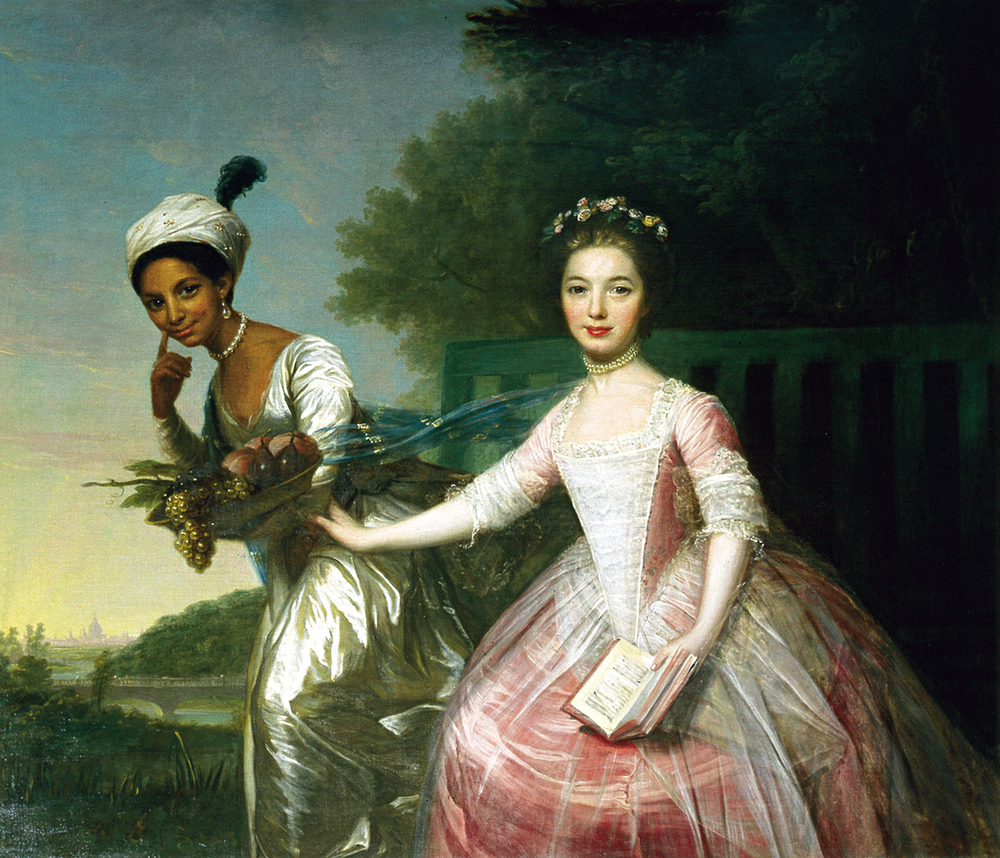Audre Lorde: The Berlin Years 1984 to 1992 by Dagmar Schultz (review)
African Studies Review
Volume 57, Number 1, April 2014
pages 237-238
DOI: 10.1353/arw.2014.0038
Patricia-Pia Célérier, Associate Professor of French and Francophone Studies
Vassar College, Poughkeepsie, New York
Audre Lorde: The Berlin Years 1984 to 1992 is a 79-minute documentary in English and German, directed and produced by Dagmar Schultz. An academic and close friend of Lorde’s, Schultz also co-edited (with May Opitz and Katharina Oguntoye) the book Farbe Bekennen: Frauen auf den Spuren ihrer Geschichte (1986; translated as Showing our Colors: Afro-German Women Speak Out, University of Massachusetts Press, 1991), which marked the beginning of the “Afro-German movement.” Schultz contributed her own archival video and audio recordings and footage to the documentary, adding testimonies from Lorde’s colleagues, students, and friends. Released in 2012, twenty years after Lorde’s death, Audre Lorde: The Berlin Years 1984 to 1992 is an homage to the African American writer’s tremendous contributions as well as a useful complement to two other documentaries: A Litany for Survival: The Life and Work of Audre Lorde (1995) by Ada Gray Griffin and Michelle Parkerson, and The Edge of Each Other’s Battles: The Vision of Audre Lorde (2002) by Jennifer Abod. Schultz’s film has attracted significant attention and received the Audience Award for Best Documentary at the Barcelona Gay and Lesbian Film Festival.
Audre Lorde: The Berlin Years 1984 to 1992 focuses on an understudied period in the life of the prolific author and activist, the time when she traveled between the U.S. and Germany to lecture and visit friends. It features her relationship to the black diaspora and her mentoring role in the development of the antiracist struggle and the Afro-German movement before and after the German reunification. In true feminist fashion, the documentary links the personal and the political, representing Lorde’s ongoing fight against cancer, her inspiring presence at feminist consciousness-raising meetings, her carefree dancing at multiracial lesbian parties, and her partnership with the poet Gloria I. Joseph.
The film highlights Lorde’s part in building bridges among women of color, feminist, and LGBT social justice movements, in “hyphenating” black Germans. In doing so, it contextualizes the history of major cultural shifts in the late ’80s/early ’90s in Germany. It speaks to audiences both familiar and unfamiliar with Lorde’s work by articulating themes that are at the core of the writer’s production: for instance, the meaning of intimacy and sharing, and the radical role a creative understanding of difference plays in personal and intellectual growth.
Although valuable as a testimonial and politically committed film, Audre Lorde: The Berlin Years 1984 to 1992 unfortunately lacks a strong coherent form, its point of view neither sufficiently clear nor technically grounded. Because the filmmaker does not provide a theoretical or narrative perspective (apart from documenting Lorde’s life), the archival images and interviews overtake the film, which in turn seems dated, as if it had been produced twenty years ago. The viewer is not pulled into the story early enough, and the editing does not compensate imaginatively for the somewhat haphazard manner with which the documentary proceeds.
Should we consider, nevertheless, that the historical and political value of such a film overrides issues of filmic quality and narrative coherence, especially because it was made on a tight budget and is a labor of love? A documentary cannot be considered as merely reproducing cultural (feminist, Afro-German, LGBT) meaning, but also as creating (new) meaning. Unfortunately, Audre Lorde: The Berlin Years 1984 to 1992 does not sufficiently demonstrate an awareness of the different ways of understanding and theorizing women’s lives that are available today. As a recording of social life and a travelogue, it does accomplish the two goals of the documentary genre: it informs and educates. Like feminist films of the 1970s, it celebrates the clamor of women’s voices and the rising up of women of color and gay women. It sheds light on the diversity of women’s lifestyles and choices and the issues in gay politics. But how do these images of Lorde inform our current understanding of feminism and feminist practices? What spaces does Lorde’s legacy occupy today? These questions are not answered by the film. In addition, because it does not suggest an awareness of the discursive and technical changes that have advanced the…
